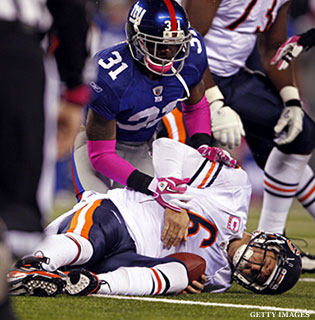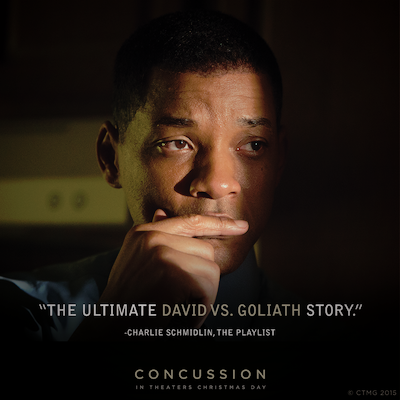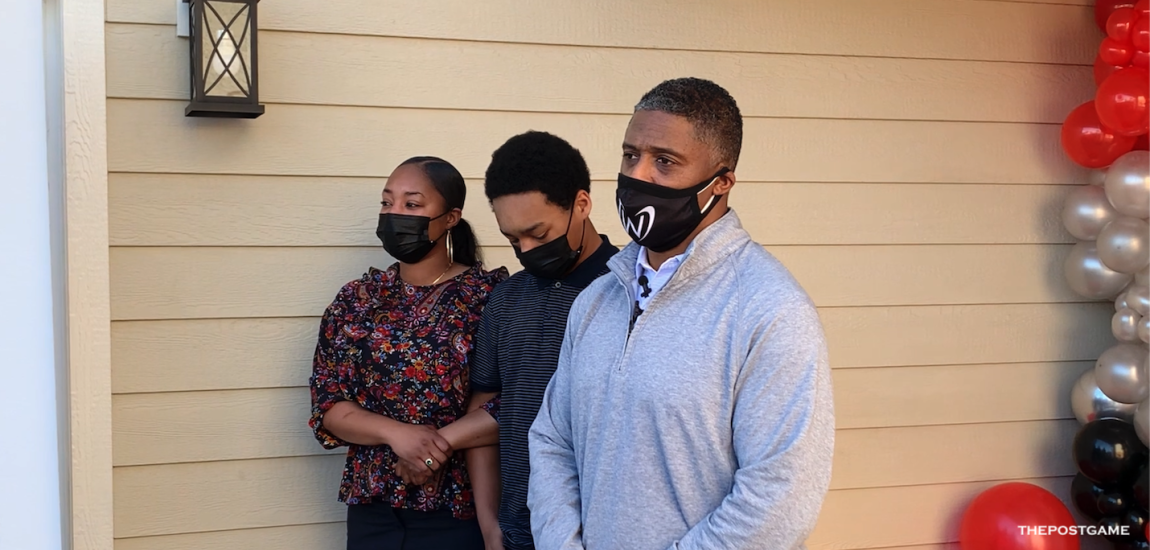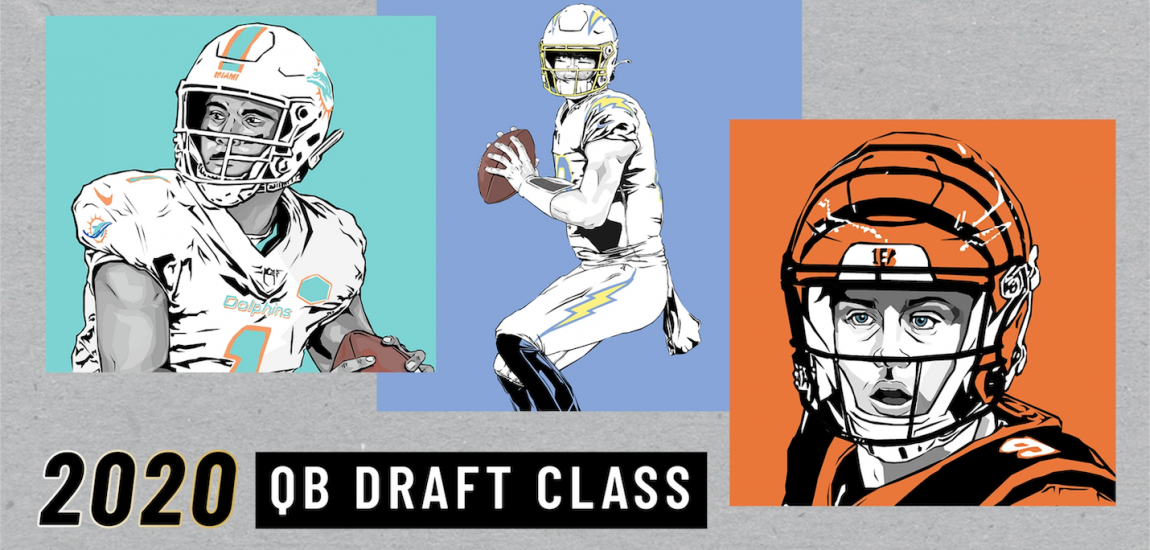I attended the premiere in Westwood for the new film "Concussion," which is mandatory viewing for anyone associated with the sport of football at any level. It delivers a powerful and often frightening punch in chronicling the story of Pittsburgh neurologist Bennet Omalu, who discovered the presence of chronic traumatic encephalopathy in the brain of retired and dysfunctional Steelers center Mike Webster.
Omalu's revelations that football could produce brain damage were not welcomed by the football hierarchy, and he and his family were harassed. Director Peter Landesman and actor Will Smith have done a brilliant job in painting a portrait of a stubborn, principled pioneer who paid a price for unwanted research.
I love football and have spent more than 40 years representing many of the greatest players to ever play in the NFL. I believe it teaches great values and skills like self-discipline, teamwork and courage under pressure.
But I had a crisis of conscience in the 1980s. I was representing on certain weekends up to half the starting quarterbacks in the league, and they kept getting hit in the head. Was it a breach of fiduciary responsibility to a player to keep putting millions of dollars into his bankbook if the result of his career was dementia? We held a player safety conference in the early 1990s with leading neurologists like Julian Bailes, Robert Cantu, and Mark Lovell reporting on the state of knowledge to an audience of NFL players and issued a white paper with potential reforms.
Not much changed.

In 2007 the Concussion Institute, retired quarterback Warren Moon, and I held a conference on concussions in Los Angeles. Dr. Omalu reported on his findings on chronic traumatic encephalopathy -- it was frightening.
Dr. Cantu, Dr. Kevin Gusciewicz, Dr. David Hovda, Dr. Bailes, Dr. Lovell, Dr. Tony Strickland, Chris Nowinski and others presented studies which emphasized that three or more concussions produce an exponentially higher risk of Alzheimers, premature senility, ALS, chronic traumatic encephalopathy and depression. I called their reports a "ticking time bomb" and "undiagnosed health epidemic."
New NFL commissioner Roger Goodell then convened a conference on the crisis. Dr. Omalu was not allowed to present. The NFL, to its credit, did institute mandatory baseline testing and later a concussion protocol. Players with visible hits were more carefully scrutinized.
However, it is subconcussive hits that are not diagnosed or reported that seem to be a larger danger. Each time a lineman hits a lineman at the line of scrimmage it produces a low-level subconcussive event. Dr. Omalu estimated that Mike Webster might have aggregated as many as 70,000 practicing and playing in high school, college and the pros.
The goal of a breakthrough film like "Concussion" and the efforts of reformers is not to eliminate football, but to make it safer. If 50 percent of mothers of teenage boys react to the danger by telling their sons, "We will support you in every sport, but you cannot play tackle football," it will not destroy football, but it will change the socioeconomics of who plays the game. Athletes desperate to escape economic hardship, as in boxing, will be the participants.
The first key in solving this problem is a realistic awareness of the stakes. The brain is the center of personality, character, memory and judgment. All injuries are negative, but brain injury can take away the ability to live and function.
Athletes are in denial and accept norms of physical risk from Pop Warner on that prevent them from protecting themselves.
The majority of the burden of reform will need to rest, however, with the families who love and care for them and skilled medical personnel, engineers and innovators. We are launching a foundation "Athletes Speak," which will have retired athletes speak to those playing.
I will outline specific steps to make the game safer in Part II, and highlight researchers making a difference. "Concussion" makes an important contribution to the dialogue and reform surrounding traumatic brain injury. If you care about football, you need to see it.

-- Leigh Steinberg has represented many of the most successful athletes and coaches in football, basketball, baseball, hockey, boxing and golf, including the first overall pick in the NFL draft an unprecedented eight times, among more than 60 first-round selections. His clients have included Hall of Fame quarterbacks Steve Young, Troy Aikman and Warren Moon, and he served as the inspiration for the movie "Jerry Maguire." Follow him on Twitter @leighsteinberg.




























